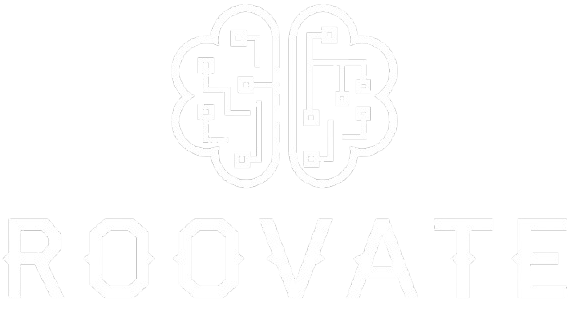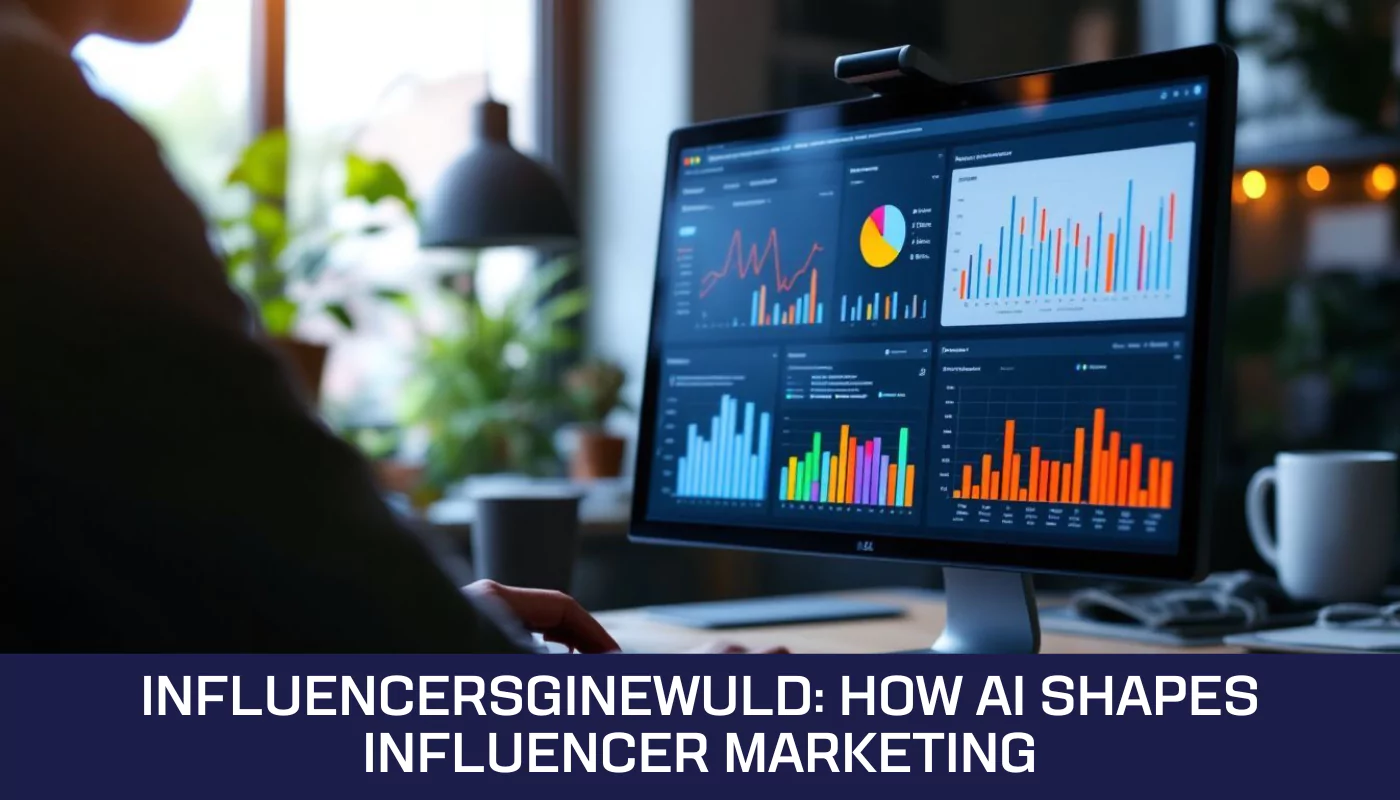Finding the right influencer for your brand is tough. Influencersginewuld shows that stories on Instagram, YouTube, and blogs can change how people see your product. This article will teach you how AI makes finding and working with influencers easier.
Get ready to learn!
Key Takeaways
- AI tools help find the right influencers by looking at data. They match brands with influencers who fit well.
- Predictive analytics and machine learning make ads more personal. They show ads based on what people like.
- Tools measure how good influencer campaigns are doing. This helps brands know if they’re reaching their goals.
- Virtual influencers are becoming popular for marketing. Brands want to use them because they connect with people in new ways.
- AI makes influencer marketing better by saving time and making ads that speak directly to viewers.
AI Tools Analyzing Data for Targeted Influencer Campaigns

AI tools take a deep look into big numbers to find out what works best for influencer campaigns. They use smart programs to see who really listens and reacts, making sure messages hit the right spots with audiences.
Predictive Analytics Forecast Audience Engagement
Predictive analytics uses past data to guess how many people will watch or interact with influencers’ posts. Marketers look at old numbers, like likes and shares, to see trends. Then they predict future results.
This method helps find the best times and types of posts for more views and clicks.
Predictive analytics tells us which content might go viral.
The system also spots which followers really care about what an influencer says. It separates genuine fans from fake accounts. So, businesses know their real reach. They can then choose the right influencer who talks to people likely to buy their products.
This way, each ad reaches its target audience better and boosts sales chances.
Automation in Content Personalization
Automation in content personalization helps brands connect better with their audiences. AI tools gather data on consumer behavior and preferences. They analyze this data to create personalized messages for each user.
Brands can use these insights to create targeted campaigns that speak directly to their audience’s interests. For example, social media platforms like Instagram and TikTok use algorithms to show users content they are likely to engage with.
This technology also saves time for influencers and marketers. They can automate posts or emails, making communication faster and more efficient. With the help of machine learning algorithms, brands can adjust strategies based on real-time feedback from consumers.
The focus is on creating meaningful experiences that build brand loyalty and recognition… Next up is streamlining influencer discovery with AI.
Streamlining Influencer Discovery and Matchmaking with AI
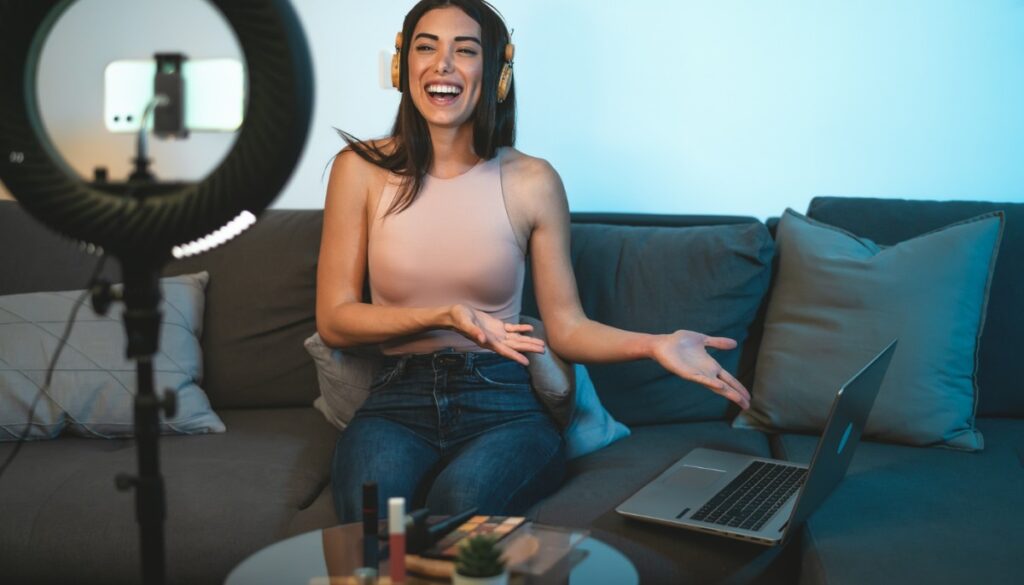
AI helps brands find the right influencers quickly. Smart tools match brands with influencers who share their values.
Tools for Scouting Ideal Influencer-Brand Pairings
AI tools help brands find the right influencers. These tools use data analytics to scout micro, macro, and mega-influencers. They look at follower numbers and engagement rates. Brands can see who fits their target audience.
Sentiment analysis shows how well a brand aligns with an influencer’s values. This means brands can avoid fake followers and focus on real connections. Tools streamline the process of meeting ideal partners for campaigns or contests.
With AI, scouting becomes faster and more effective in building brand awareness.
Sentiment Analysis Assessing Influencer-Brand Value Alignment
Tools for scouting ideal influencer-brand pairings help brands find the right match. Sentiment analysis takes this a step further. It looks at how audiences feel about an influencer and their brand.
This method uses data to gauge public opinion. It measures likes, shares, and comments on social media posts. Brands gain insight into audience feelings about their values and products.
This helps them ensure alignment with influencers’ messages. Users can trust that partnerships fit well… more organic connections lead to better engagement rates—growing word-of-mouth impact!
Tracking and Enhancing Influencer Campaign Performance via AI
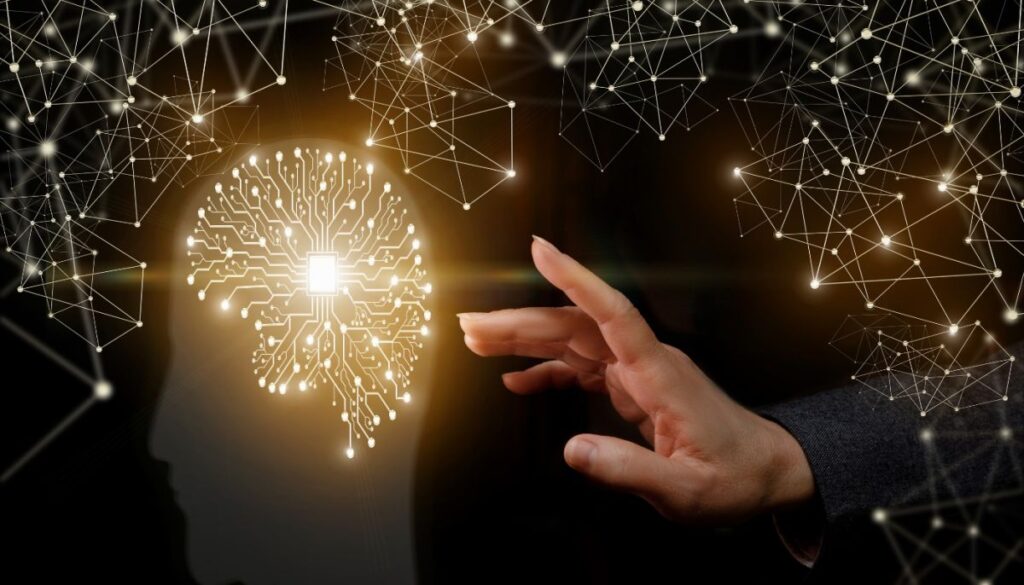
AI helps track how well influencer campaigns are doing. It gives real-time data and metrics to see what works, improving user engagement and brand recognition… This way, brands can adapt their strategies quickly for better results.
Metrics for Real-Time Campaign Performance
Metrics measure how well an influencer campaign performs. They tell brands if their marketing strategies work.
- Engagement Ratios
These show how many people interact with the content. High engagement means people like what they see. Brands can use tools to measure likes, shares, and comments. - Conversion Rates
This metric shows the percentage of users who take action after seeing a post. For example, if 100 people see an ad and 5 buy a product, the conversion rate is 5%. Knowing this helps brands understand their success. - Brand Awareness
Tracking brand mentions can help measure awareness. Tools like social media monitoring show how often a brand appears online. More mentions usually mean greater visibility. - Return on Investment (ROI)
ROI calculates how much money a brand makes from its campaigns compared to what it spends. A simple formula is: (Revenue – Cost) / Cost x 100%. Positive ROI indicates effective spending in influencer marketing. - User Engagement
Brands should look at user engagement metrics to see consumer preferences and behaviors over time. Metrics include average watch times on videos or clicks on links in posts. - Click-Through Rates (CTR)
CTR measures how many people click on a link compared to how many saw it. For instance, if an email has 1,000 opens and gets 50 clicks, the CTR is 5%. Higher CTRs suggest better content performance. - Sentiment Analysis
This assesses how audiences feel about a brand or influencer’s content using tools that gauge positive or negative responses in comments or reviews. - Ad Performance Tracking
Real-time tracking allows brands to see which ads perform best instantly. They can compare different campaigns and tweak them for better results as needed.
Using these metrics helps brands stay ahead in understanding their targeted audience better and improving future strategies for influencer marketing campaigns.
Calculating ROI with AI Enhancements
AI helps brands calculate their return on investment (ROI) in influencer marketing. It tracks key metrics like engagement rates and conversion numbers. Brands can see how well a campaign performs in real time.
They know which influencers drive sales and which content works best.
Using data analytics, AI provides insights into target markets. This information helps improve future campaigns. Brands can adjust strategies based on accurate feedback from past performances.
With AI enhancements, companies maximize their budget for better results while building authenticity and trust with audiences.
The Future of AI in Influencer Marketing
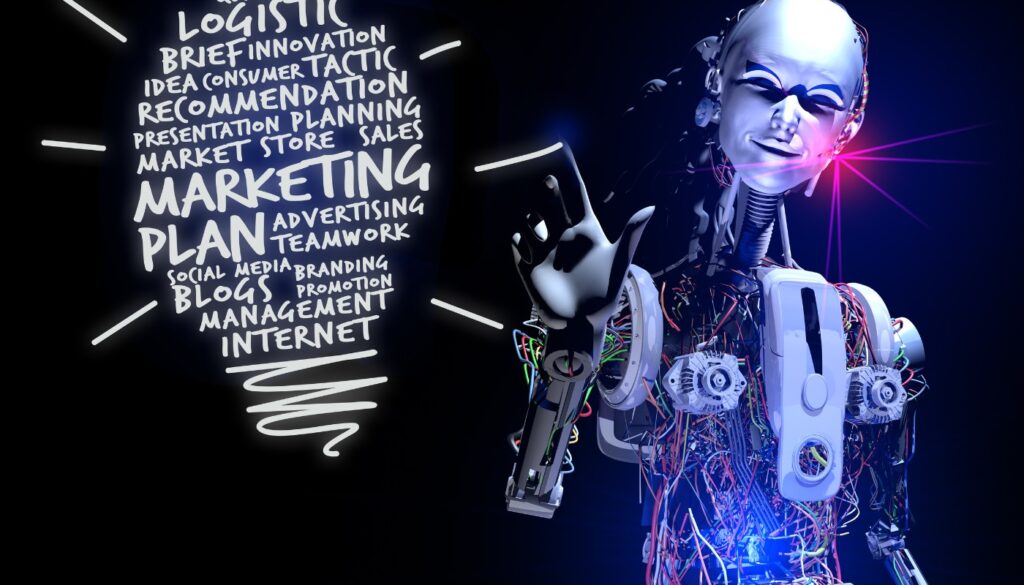
AI will change how brands work with influencers. Expect smarter tools that match brands and creators better… plus, new ways to track success.
Future Trends in AI and Influencer Collaborations
Virtual influencers are changing the game. These digital beings connect with audiences like real people do. Brands see benefits in using them for marketing. Also, ethical influencing is gaining traction.
Consumers want honesty and transparency from their favorite influencers.
Innovations like augmented reality will bring fresh ideas to influencer campaigns. Expect more engaging content that blends reality with virtual elements. InfluencersGineWuld plans to lead this shift by offering AI-driven content recommendations.
This will help brands create better connections with target audiences while enhancing creativity in the process.
Conclusion
AI is changing influencer marketing for the better. Brands now find the right influencers easily. They use tools to track performance and measure success. This strategy boosts trust and engagement with audiences.
Staying updated on AI trends will keep brands ahead in this fast-paced world.
FAQs
-
How does AI shape influencer marketing?
AI shapes influencer marketing by aiding in content creation, analyzing consumer decisions, and enhancing branding efforts through user-friendly technologies.
-
Can AI improve the credibility of influencers?
Yes, artificial intelligence can help filter out misinformation and spam, ensuring that influencers provide reliable social proof to their followers.
-
How does AI contribute to the creative process in influencer marketing?
Influencers use AI for various tasks…from generating memes to assisting with graphic design for their website or print ads…the technology is vital in the creative process.
-
Does AI have a role in affiliate marketing?
Absolutely! Technological advancements like artificial intelligence can enhance affiliate marketing strategies…it’s all about learning styles and economics!
-
What are some reasons why influencers would want to use AI?
Influencers might turn to AI for many reasons…to boost click-through rates on their site, promote greener products, or even archive past campaigns for future reference.
-
Can celebrities benefit from using artificial intelligence in their brand culture?
Indeed! Celebrities can leverage artificial intelligence tools not just as a thought aid but also as an effective way of shaping and maintaining their brand culture within the browser-inbox world.
